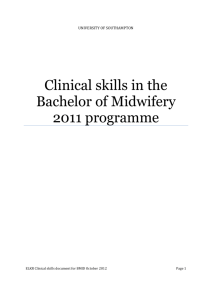Materials for Nuclear Waste Immobilization
advertisement
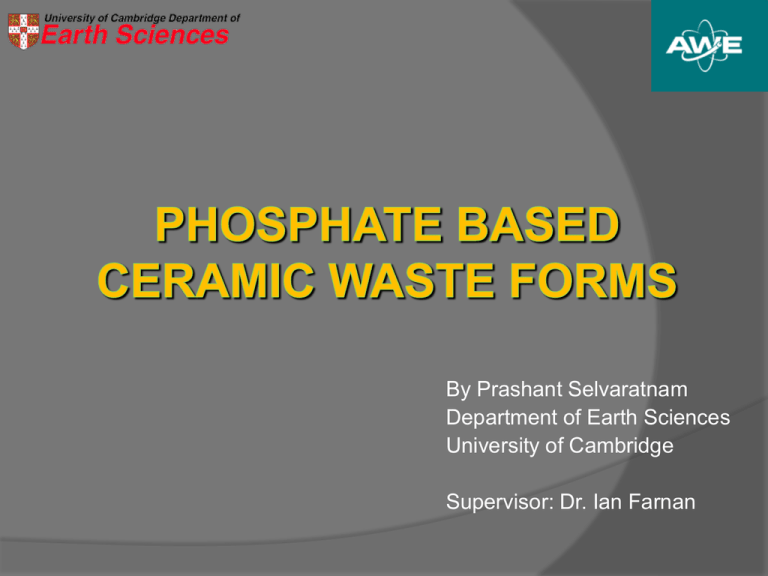
By Prashant Selvaratnam Department of Earth Sciences University of Cambridge Supervisor: Dr. Ian Farnan Mineral Based Phosphate Ceramics Phosphate minerals: - Evidence from nature of long term stability. - Ability to incorporate tri- and tetravalent actinides and other fission products. - Ability to incorporate halides. Oklo natural reactor, Gabon Ceramics: - High durability. - High waste loading. Image from DOE Office of Civilian Radioactive Waste Management. Fluorapatite Ca10(PO4)6F2 Structure and chemistry allow for a multitude of substitutions. Two distinct cationic sites: Four Ca1 sites, 9-fold co-ordination. Six Ca2 sites, 7-fold co-ordination. Suitable for waste streams from fluoridesalt extraction: Experimental pyroprocessing techniques. Decommissioning of nuclear weapons. Generation IV nuclear fuels. Fluorapatite Synthesis Solid state synthesis. 3Ca3(PO4)2 + CaF2 Ca10(PO4)6F2 Mixture ground together. Sintered at 8000C for 2 hours. Re-ground and pressed into ~1g pellets. Calcinated at 1,0000C for 2 hours. } X2 Analysed by powder X-ray diffraction and 31P Nuclear Magnetic Resonance. Powder X-ray Diffraction 31P One Phosphorus environment. Peak at 2.3ppm. Full width half maximum ~1ppm. NMR Ce Doping Ce used as a surrogate for Pu. Similar electronegativity, ionic radii and oxidation states. Require Ce3+ state. Coupled substitution: Ce3+ and Na+ for 2Ca2+ 3Ca3(PO4)6 + 10xCeF3 + (1-20x)CaF2 + 10xNaF → (Ca(1-2x)CexNax)10(PO4)6F2 Where 0 ≤ x ≥ 0.05. Problems with melting samples. Reducing ramp rate from 200C/min to 100C/min helps. Ce Doping Use X-ray diffraction and NMR to study phase assemblages, solid solubility, Ce oxidation state and site distribution. SRIM Calculations Produce a sample with a uniform damage profile. Ions must completely penetrate sample. 29MeV/nucleon Pb ion beam, retarded to 11MeV/nucleon. Xenotime YPO4 Empirical potential suitable for molecular dynamics simulations of radiation damage. Interatomic potentials: Buckingham Potential: V(r) = Aexp(-Br) – C/r6 Morse Potential: V(r) = D [1-exp(a(r-ro)))2 – 1] Where r is the inter-atomic distance. Empirically tuned, using GULP, to re-produce: Inter-atomic distances and lattice parameters. Elastic constants. Mindful of phase separation into P2O5 and Y2O3. Xenotime Potentials Potential 1 Potential 2* Potential 3 X Y-O Potential Buckingham Buckingham Buckingham O-O Potential Buckingham Buckingham Buckingham P-O Potential Morse Buckingham Morse C11 -0.4% +53% -5.9% C33 +0.9% +12.9% +3.6% C44 -6.1% +18.4% +3.0% C66 +1.1% +52.9% +17.6% C12 -47.2% +5.4% -40.0% C13 +2.3% +16.3% -4.6% Lattice constant 1 0.0% -1.7% -0.2% Lattice constant 2 0.0% +3.3% +0.2% P-O distance 0.0% +1.0% -12.0% Y-O distance 1 +0.8% -7.0% +6.8% Y-O distance 2 -1.7% +4.2% +4.0% Charge balanced for P2O5 & Y2O3 * P-O-P bond angle term used Preliminary Conclusions Fluorapatite Pure phase fluorapatite synthesis possible via solid state methods. 31P NMR peak at 2.3ppm. Problems with sample melting for Ce-doped sample synthesis in ambient atmosphere. Sample thickness of < 82µm required to obtain uniform damage profile in 11MeV/nucleon Pb beam. Xenotime Difficult to get a wholly satisfactory YPO4 potential that is charge balanced with respect to P2O5 and Y2O3. Having a Morse potential between P and O improves the output. Future Work Fluorapatite Ce-doped sample synthesis under reducing atmosphere. NMR analysis of Ce-doped fluorapatite samples. Make and analyse 80µm thick, 1.5cm x 1.5cm samples for ion beam damage. Xenotime Do one GULP fit for YPO4, P2O5 and Y2O3. Run DL_POLY radiation damage simulations using obtained potentials. Acknowledgements Ian Farnan, Martin Dove, Clive Brigden, Katie Gunderson, Tony Abraham, Martin Walker (University of Cambridge). Shirley Fong, Brian Metcalfe, Phillip Mallinson (AWE). Ram Devanathan (Pacific North West National Lab, US Department of Energy). Christina Trautmann, (GSI Helmholtz Centre for Heavy Ion Research) Lou Vance (Australian Nuclear Science and Technology Organisation).
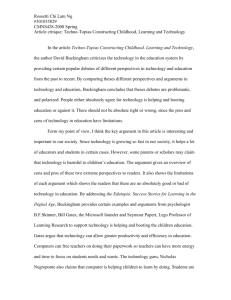






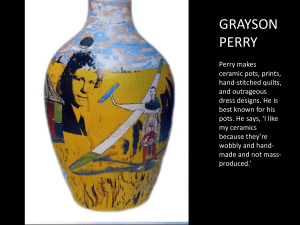

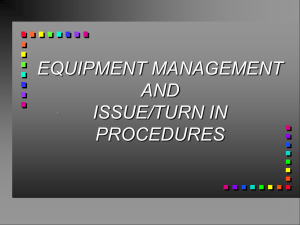
![Characterization of a Fe/Y[subscript 2]O[subscript 3]](http://s2.studylib.net/store/data/012128027_1-208b555a26c498da4e4ed94bba43a6b6-300x300.png)
